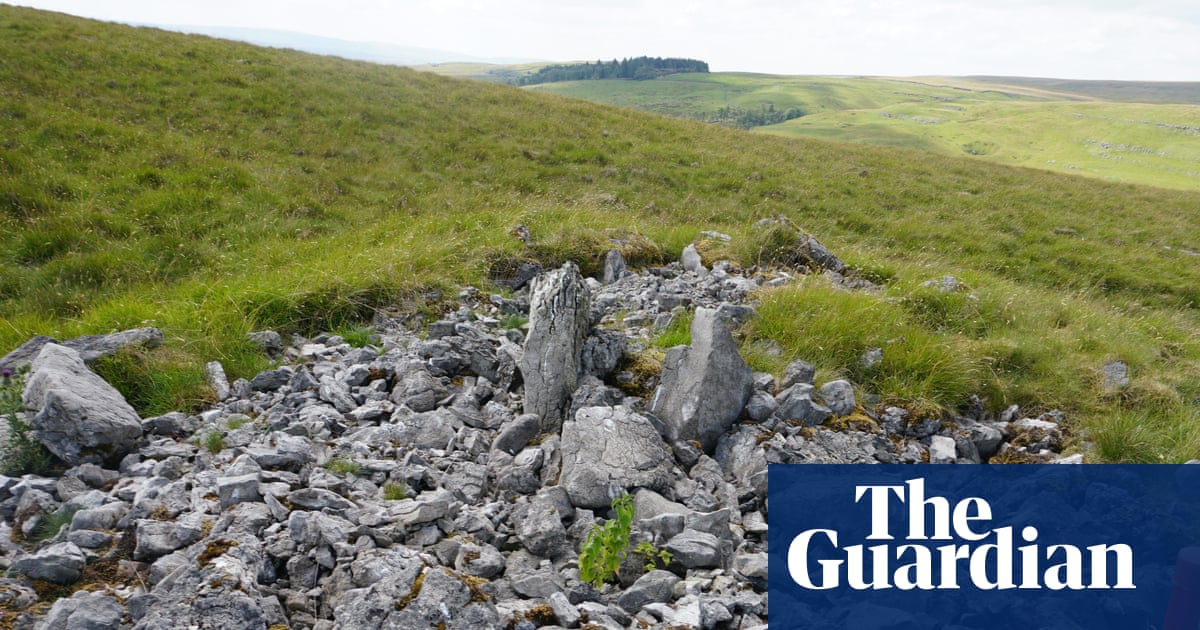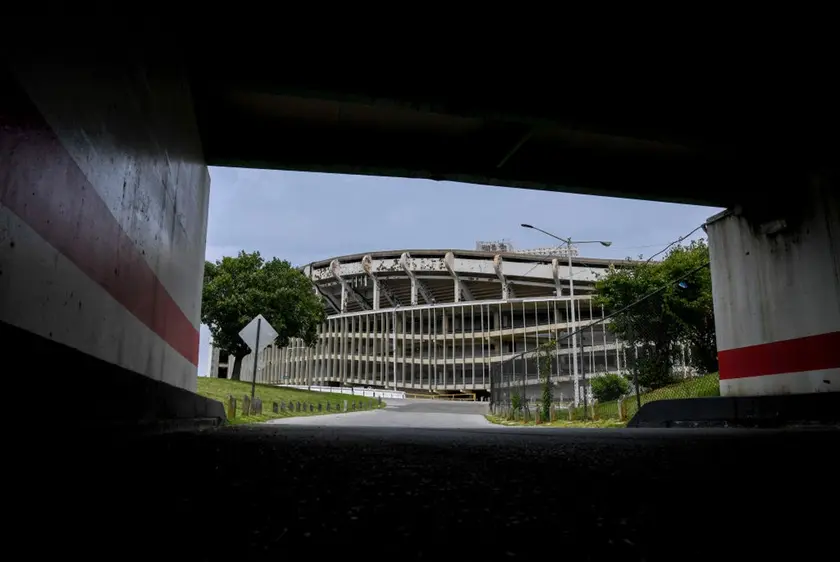T4K3.news
Dudderhouse Hill granted scheduled monument status
The long cairn in Yorkshire receives protection amid damage from visitors.

A critical step has been taken to protect Dudderhouse Hill, a significant neolithic site.
Dudderhouse Hill long cairn receives national monument status
The Dudderhouse Hill long cairn in the Yorkshire Dales has been granted scheduled monument status, enhancing its legal protection due to ongoing damage from walkers unintentionally moving stones. This 5,000-year-old structure is seen as an important marker of early human community life and ritual practices. Paul Jeffery, the national listings manager at Historic England, highlighted its significance as a communal construction that sheds light on the beliefs of Neolithic farming societies. Although it may appear as just a pile of stones, this site reflects the monumental efforts of ancient peoples. The cairn might have served various purposes, including as a funerary site and a land claim, but recent stone removal has posed a serious threat to its integrity. The new status aims to foster awareness about its historical value and curb further damage.
Key Takeaways
"This time was the beginning of everything."
Historical context emphasizing the significance of the Neolithic period.
"The fact it has survived at all demonstrates how well constructed it was."
Paul Jeffery discussing the significance of the cairn's construction.
"Building a structure like that would have taken a lot of people a significant amount of time."
Jeffery highlights the communal effort involved in creating the cairn.
"If it was left unchecked, eventually the evidence for its existence would be lost completely."
Jeffery warns about the risks posed to the site by public interference.
The decision to protect Dudderhouse Hill underscores a growing awareness of the need to preserve historical sites amidst modern activities. This cairn is not just a remnant of the past; it represents the rich tapestry of communal life in early Britain. The delicate balance between preserving heritage and allowing public engagement is at the forefront of this issue. As the government steps in to safeguard this site, it raises the question of how best to educate visitors while ensuring that historical monuments remain intact for future generations. With more people seeking connection to history through our landscapes, fostering responsible visitation will be essential.
Highlights
- This remarkable neolithic long cairn deserves the protection it receives.
- Dudderhouse Hill is not just history; it is a testament to ancient communal life.
- Each stone removed risks erasing part of our prehistoric heritage.
- We must educate visitors on the importance of protecting cultural landmarks.
Risk of Damage to Cultural Heritage
The removal of stones from Dudderhouse Hill poses a significant threat to the integrity of this historical site. Continued public interaction without education could lead to irreversible loss of this heritage.
As awareness grows, protecting heritage while encouraging exploration becomes a vital challenge.
Enjoyed this? Let your friends know!
Related News

Denise Richards obtains restraining order against Aaron Phypers

Texas lawmakers review flood response measures

Transfer news intensifies as deadline approaches

Court extends protections for over 60,000 Central American and Nepalese migrants

Blake Lively’s deposition turns contentious with surprise attendance

Stella McCartney enjoys a casual day out with daughter

Falcons training camp opens with key player updates

D.C. City Council approves stadium deal for Commanders
